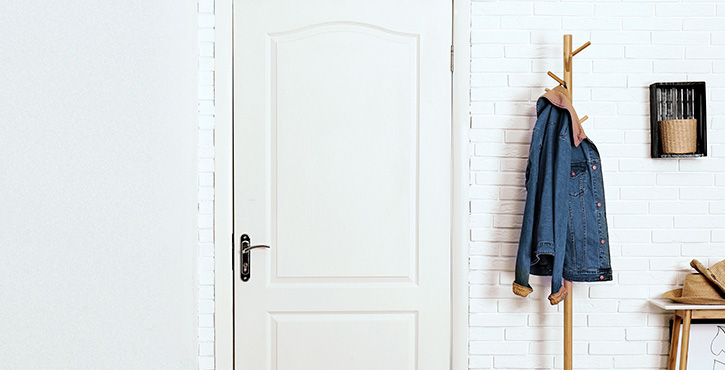What is water hammer?
Water hammer, or hydraulic shock, is a rapid rise in pressure that occurs when there is a sudden change in fluid velocity after the sudden opening or closing of a faucet or a sudden pump start-up or stoppage.
This can cause major problems like backflow and an increase in flow rate and banging water pipes.
This pressure surge can be significant. It often causes a loud noise and can lead to burst pipes in large facilities because of the amount of fluid in motion. This problem can be resolved by installing a water hammer arrestor or a shock absorber. The water hammer arrestor is used to prevent a burst tank and pipes, vibrations and noise.
The force of the water hammer is comparable to the force of an explosion. The shock wave falls into the pipeline until it hits a curve (a pipe elbow or a larger pipe, for example) and flows back instantly to the initial point of impact.
Average shock-wave speed of water hammer: 1,300 metres/second (4,265 ft/s)
It is possible to create a device to pump fluid to a certain height without any other energy than the speed of the fluid itself by using the water hammer phenomenon. This is called hydraulic energy.
When a pipe is suddenly closed, the mass of liquid before the closure is still moving at a certain speed, generating a pressure surge, as well as a shock wave. In common plumbing, this is experienced by a loud noise, resembling a hammering sound. Water hammer can cause pipes to burst if the pressure reached becomes too high. Air chambers can be added to the piping system to absorb the shock wave and to protect the system.
At home, water hammer may occur when a washing machine or a dishwasher shuts off the water flow. This usually results in a loud bang.
Other causes of water hammer may be pump failure or a check valve slamming shut.
Finally, several water hammer arrestors are necessary to prevent all sudden backflow problems. Every arrestor is designed to absorb shock waves that may be generated by a certain number of appliances and, by extension, the entire piping system.
Preventive measures:
Water hammer can cause accidents, but the consequences are usually limited to ruptured pipes or damage to the equipment connected to the piping system. The pipelines carrying hazardous fluids require careful design, construction and operation.
You can take the following measures to reduce or eliminate water hammer:
- Reduce the pressure of the water supply by fitting a pressure regulator
- Reduce fluid velocity in the pipes. To significantly reduce the shockwave, some sizing guides recommend a flow velocity equivalent or inferior to 1.5 m/second
- Install slow-closure faucets
- Use start-up and shut-down procedures on an existing installation
- Install a mechanical device to prevent water shock, also called a shock-absorber or a water hammer arrestor
- Install an air chamber
- Reduce the length of straight pipes by adding elbows or expansion loops. Elbows reduce the influence of pressure waves
- Use plumbing elements designed to reduce pressure (expensive solution)
- Install a flywheel on the pump
- Install a pumping station bypass
- Use an automatic pump valve




